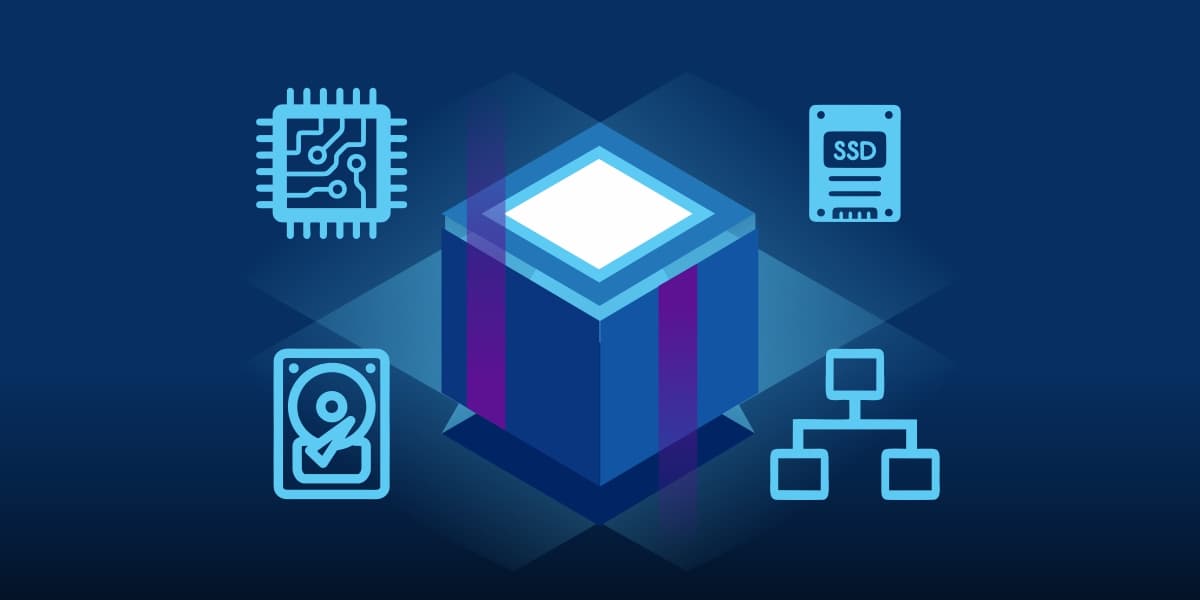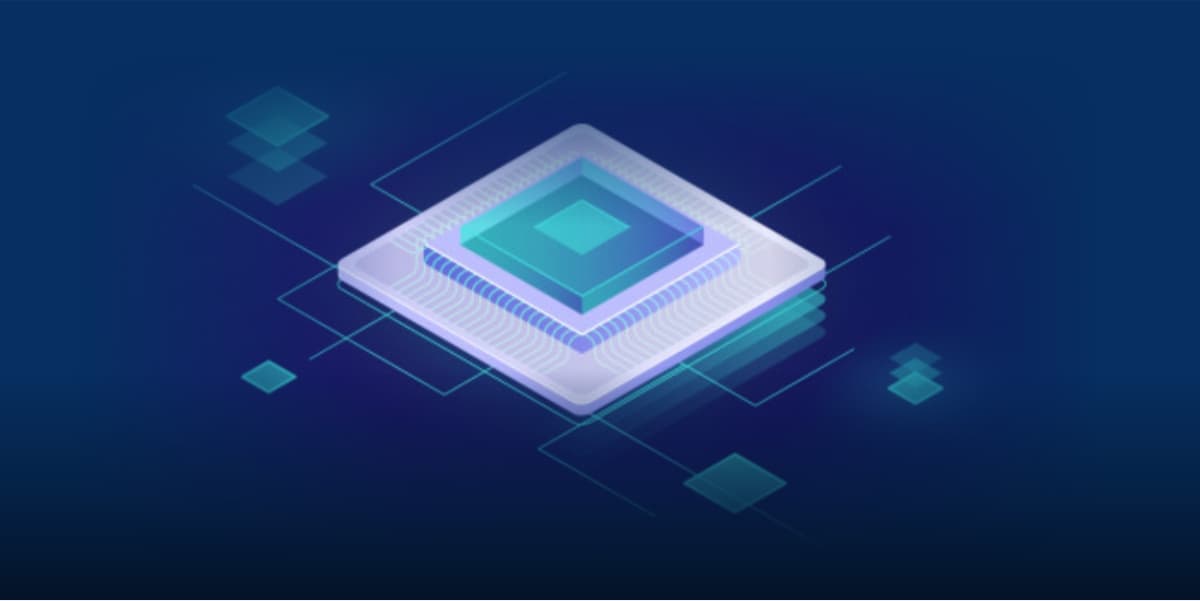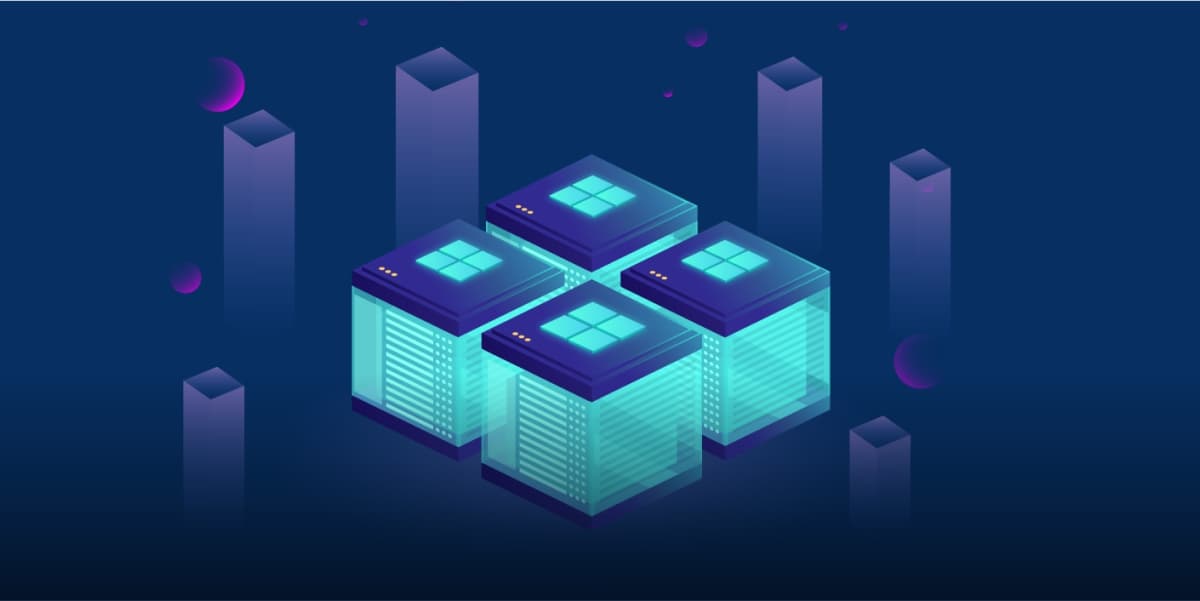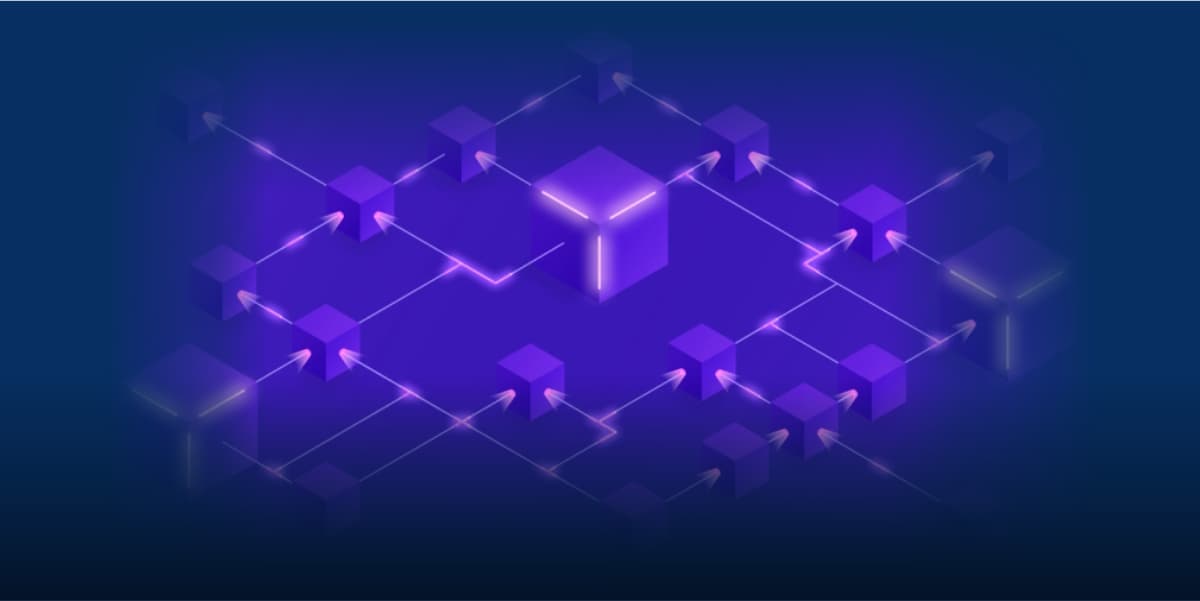No matter the application or strengths of your Virtual Machine, it must rely on the resources you provide. In such a scenario, it is common to run into bottlenecks and performance issues that can undermine your operations’ productivity. Often, these bottlenecks present challenges to the team as frequent issues pose risks to the operation’s health.
Bottlenecks can occur due to various reasons: misconfiguration of resources, processing limits, memory deficiencies, or storage space issues, and resolving such bottlenecks requires a careful and deliberate approach. As each factor is interconnected, the changes we make to one resource will impact all others’ performance and activity.

Creating a balance between performance and the utilization of resources is the golden rule for resolving all bottlenecks. In this article, we go through a step-by-step approach analyzing each factor’s effects in creating bottlenecks for your Virtual Machine and providing measures to resolve these factors one by one.
Factors that Impact Virtual Machine Performance
Four significant factors impact the performance of a Virtual Machine: the memory, the processors, the storage, and the network. As each of these components makes up the entirety of your physical infrastructure, they are all connected intrinsically. A misconfiguration or improper allocation of one resource will impact the whole environment’s performance.
Bottlenecks Caused by the Processors
The processors handle the bulk of the VM activity and are critical factors determining the performance of the environment. There are a few specific cases that result in bottlenecks for your Virtual Machine and cause performance deficits. The first scenario is when you run a time-consuming operation on a single processor, which lags the circuit.

The second scenario is a multi-thread operation eating up all your processing power, negatively impacting the VM processes. There are two ways to fix this issue. You can either increase the processing power or allocated processing cores for your VM, or overclock the existing cores to enable processes to complete faster.
Bottlenecks Caused by Memory
If you find your VM consuming too much memory, this can be caused by various reasons. The first situation is that your Virtual Machine is simply caching processes on the memory and moving active threads to storage. This can be easily remedied by setting a fixed cache limit for your memory.
The second way the memory can be causing bottlenecks is to be over-utilized and clogged by the multi-thread or extensive operations being carried out by your processors. Making the switch to storage should be discouraged, and you should allocate the required memory to your VM correctly.

This ensures that 10% always remains free. A switch to storage will be signified by a jump in the processor usage stats. Monitoring the Committed Memory metrics using analytics and monitoring software is the better way to go instead of merely relying on the windows task manager.
Bottlenecks Caused by Storage
A Virtual Machine is a complex environment running multiple applications, protocols, and processes behind the curtains. Simply assigning a single data store or storage space to your Virtual Machine will undoubtedly result in issues, as numerous read/write operations will overburden the SSD (you do have an SSD, right?).
An excellent way to avoid bottlenecks caused by storage issues is to assign multiple data stores to your VM from separate physical drives. This will only slightly impact the Virtual Machine processes’ speed but will reduce the frequency and severity of bottlenecks. It also creates adequate virtual memory segments.

These are divided amongst several separate drives to help with cached processes and leave more free room for the physical memory. An excellent way to keep an eye on your drives’ health is to monitor the disk latency, with a value less than 10ms signifying good health.
Bottlenecks Caused by Network
A significant factor contributing to bottlenecks for your VM is the network, as most processes require a persistent connection to operate. Although the network’s speed is the first thing to configure correctly, it is usually not the leading cause of bottlenecks. This is related to VMs as well.
As most Virtual Machines will undoubtedly be running on a high-speed connection, the issues that can cause bottlenecks for your VM are related to the network’s configuration and its protocols connected to the VM Environment. By monitoring the outgoing port connections, you can determine whether or not there may be an IP conflict.

A misconfigured port on your server, causing bottlenecks and redundancy on your Virtual Machine, is also a possibility. A thorough network diagnostic can turn up metrics that shed light on the sockets connecting to your network through the VM, for which it is best to use a comprehensive monitoring suite.
Conclusion
Your operation’s strength depends entirely on how fast you can determine various issues and highlight key metrics, enabling your team to mount a resolution effort quickly and conveniently. For tools and services that are appropriately aligned to your requirements, don’t hesitate to contact VirtualMetric.
We will prove a quick review of how we can help you optimize your Virtual Machine through our robust and comprehensive range of monitoring, tracking, reporting, and security applications that ensure that your VM and IT resources to run at their most optimal, all the time!


Leave a Reply